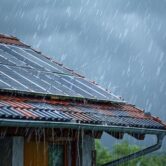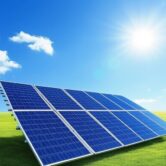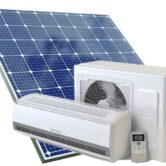Solar power systems are increasingly used around the world to provide clean, renewable, and reliable electricity. In areas with unstable electricity supply, such as parts of Nigeria, solar power offers a sustainable alternative to generators and the national grid.
Understanding the essential components of a solar power system is key to planning, installation, and maintenance.
Below is a breakdown of the major parts of a solar power system and their functions:
1. Solar Panels
Function:
Solar panels are responsible for capturing sunlight and converting it into electricity. They consist of photovoltaic (PV) cells made from semiconductor materials (like silicon) that generate direct current (DC) electricity when exposed to sunlight.
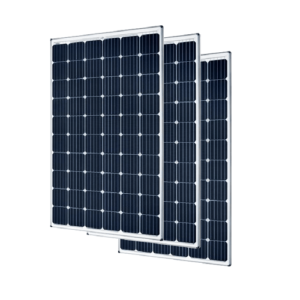
Key Points:
- The size and number of panels determine how much electricity can be generated.
- Panels should be installed where they receive maximum sunlight (e.g., rooftops, open spaces).
2. Charger Controller
Function:
The charge controller regulates the flow of electricity from the solar panels to the batteries. It ensures that batteries are charged at the correct voltage and prevents overcharging or excessive discharging, which can damage the batteries.
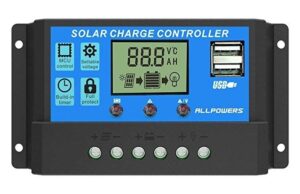
Key Points:
- Essential for battery-based systems.
- Comes in two main types: PWM (Pulse Width Modulation) and MPPT (Maximum Power Point Tracking), with MPPT being more efficient and suitable for larger systems.
Understanding how solar works is the first step toward embracing clean, renewable energy for a sustainable future.
3. Battery (Deep Cycle Battery)
Function:
Batteries store the electricity produced by the solar panels during the day for use at night or during cloudy periods. They provide a continuous power supply even when there is no sunlight.
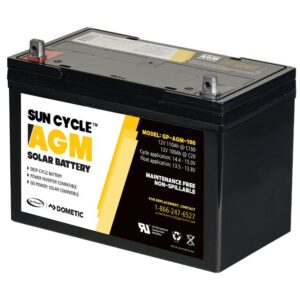
Key Points:
- Deep cycle batteries are designed for long-term storage and slow discharge.
- Common types include Lead-Acid (flooded, AGM, GEL) and Lithium-ion batteries.
- Battery capacity is measured in ampere-hours (Ah) and determines how much energy can be stored.
4. Inverter
Function
The inverter converts the direct current (DC) from the batteries or solar panels into alternating current (AC), which is the standard form of electricity used by most household and office appliances.
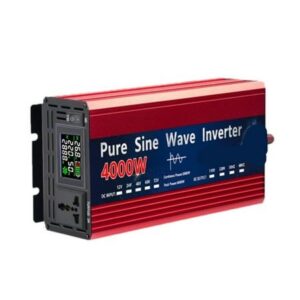
Key Points:
- Without an inverter, AC appliances like TVs, fans, and refrigerators cannot be powered.
- Inverters come in different capacities (measured in watts or kilowatts) and types (pure sine wave, modified sine wave).
- Pure sine wave inverters are more efficient and compatible with sensitive electronics.
5. Wires and Cables
Function:
These are used to connect all the components in the system and carry electricity between them. They ensure efficient power transfer and system safety.
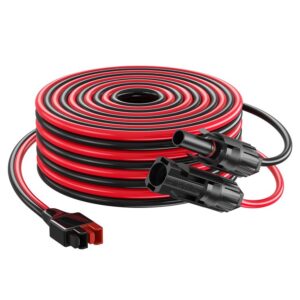
Key Points:
- Proper sizing of wires is crucial to avoid energy loss and overheating.
- DC-rated and AC-rated cables must be used accordingly.
- Cables should be weather-resistant for outdoor use.
6. Mounting Structures
Function:
Mounting structures support the solar panels and keep them securely in place. They are designed to hold the panels at the correct angle and orientation for optimal sunlight exposure.
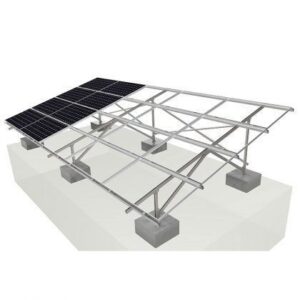
Key Points:
- Mounts can be fixed or adjustable.
- Roof-mounted, ground-mounted, and pole-mounted structures are commonly used.
- Must be durable and resistant to environmental conditions like wind and rain.
7. Protection Devices (Optional but Important)
Function:
Protection devices are used to safeguard the solar power system from damage due to electrical faults, overloads, or lightning strikes.
Examples include:
- Fuses – protect against short circuits.
- Circuit Breakers (MCB/RCB) – automatically disconnect power during overload.
- Surge Protectors – protect against voltage spikes.
- Earth/grounding equipment – diverts electrical surges safely into the ground.
Key Points:
- Essential for safety and longevity of the system.
- Should be installed by professionals according to electrical standards.
Summary Table of Components
Solar Panel
Converts sunlight into DC electricity
Battery
Stores energy for use when solar panels are not active
Wires and Cables
Transmit electricity between components
Protection Devices
Safeguards system from faults and electrical damage
Charger Controller
Regulates charging of the battery to prevent damage
Inverter
Converts DC electricity to AC electricity for appliances
Mounting Structures
Holds and positions solar panels securely
Finally, each part of a solar power system plays a specific and crucial role. The solar panels generate power, the charge controller manages battery charging, the battery stores energy, and the inverter ensures your appliances can use the stored electricity. Proper wiring, mounting, and protection devices ensure the system is safe, efficient, and long-lasting.
Before setting up a solar power system, it is important to:
- Assess your energy needs.
- Choose quality components.
- Work with certified or experienced installers.
A well-designed solar power system can provide years of clean and reliable energy, reduce dependence on fossil fuels, and offer significant savings on electricity bills.



